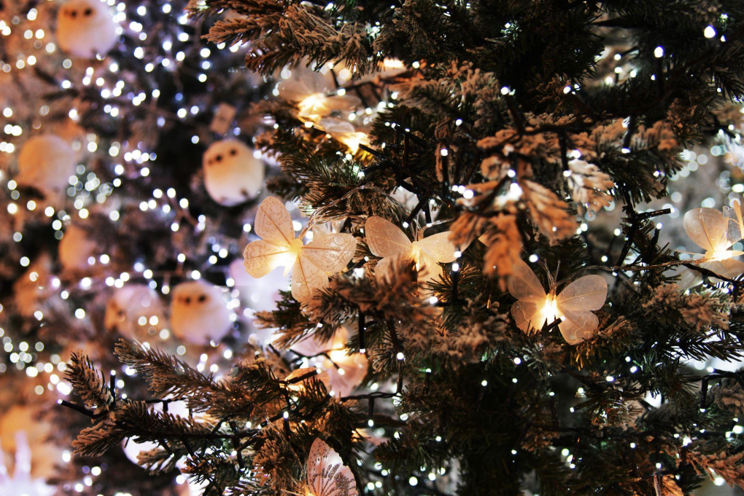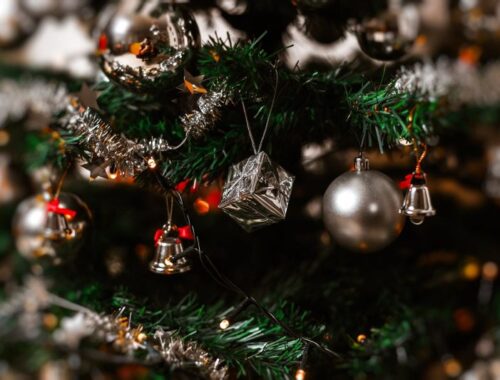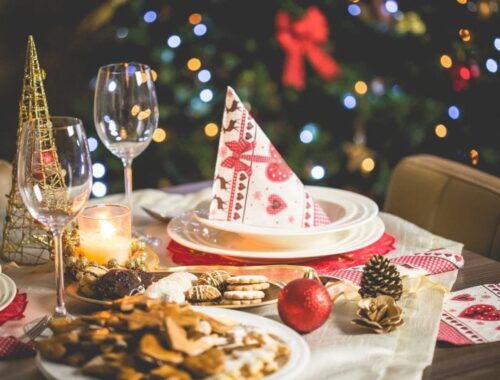
Discover the Magic of Christmas Trees – A Festive Guide
The Benefits of Buying a Real Christmas Tree
There’s no denying that a beautiful Christmas tree is the show’s star for holiday decorations. But when choosing between a natural or artificial tree, many people are unsure which one to choose. While both options have pros and cons, let’s examine why a real tree might trump an artificial one.
Firstly, real trees are sustainable and recyclable. Unlike an artificial tree made from non-renewable materials that won’t biodegrade, a real tree can be grown on a farm and is often recycled after the holiday season. Most city waste management offers tree-recycling programs, so your tree can be turned into wood chips or compost. Plus, growing Christmas trees on farms helps to remove carbon dioxide from the air and promotes healthy soil.
Secondly, real Christmas trees emit a natural scent that can evoke feelings of nostalgia and bring holiday cheer to any room. The smell of a fresh tree mimics being out in nature, which has been proven to reduce stress levels and promote relaxation. It’s like having a little piece of the great outdoors inside your home!
Lastly, purchasing a real Christmas tree supports local businesses and helps to boost the economy. Many tree farms employ local workers, and the money spent on a real tree goes back into the community rather than to a big box store.
Eco-Friendly Christmas Tree Decorations
Now that you’ve decided on a real tree let’s talk about eco-friendly decoration options. While tinsel and metallic ornaments might add a bit of glam to your tree, they are not environmentally friendly and can take hundreds of years to degrade in a landfill.
One simple and sustainable decoration option is a popcorn garland. All you need is some plain popcorn, thread, and a needle. String the popcorn along the cord and wrap it around your tree for a classic, rustic look. Plus, after the holiday season, the popcorn can be composted or given to wildlife to enjoy.
Another eco-friendly decoration option is making your ornaments out of recycled materials. Old Christmas cards can be cut into circles and strung together to create a festive garland, while small cardboard boxes can be painted and hung as tree ornaments. Studies have shown that making your decorations reduces waste, promotes creativity, and is cost-effective.
When it comes to lights, LED lights are the way to go. While they might be slightly more expensive than traditional incandescent lights, they use up to 75% less energy and can last up to 25 times longer. Plus, they are cooler to the touch and less likely to cause a fire hazard.
In terms of a tree topper, why not try making your own? A simple star made of cardboard and painted gold or silver can add a personal touch to your tree and be recycled after the season. Or, if you prefer a traditional angel or star, look for one made of sustainable materials like bamboo or recycled plastic.
In conclusion, choosing a real Christmas tree over an artificial one has many benefits for the environment, the economy, and the holiday spirit. And by decorating your tree with sustainable and recycled materials, you can add that extra festivity touch while reducing waste and promoting creativity. So let’s embrace the magic of Christmas trees with a sustainable twist and spread some holiday cheer!
You May Also Like

Exclusive Interviews with Top Commercial Artificial Christmas Tree Manufacturers: Industry Insights and Future Trends
March 25, 2023
Create a Magical Wonderland This Christmas with Gorgeous Decorations Fit For Any Style Home
February 4, 2023

